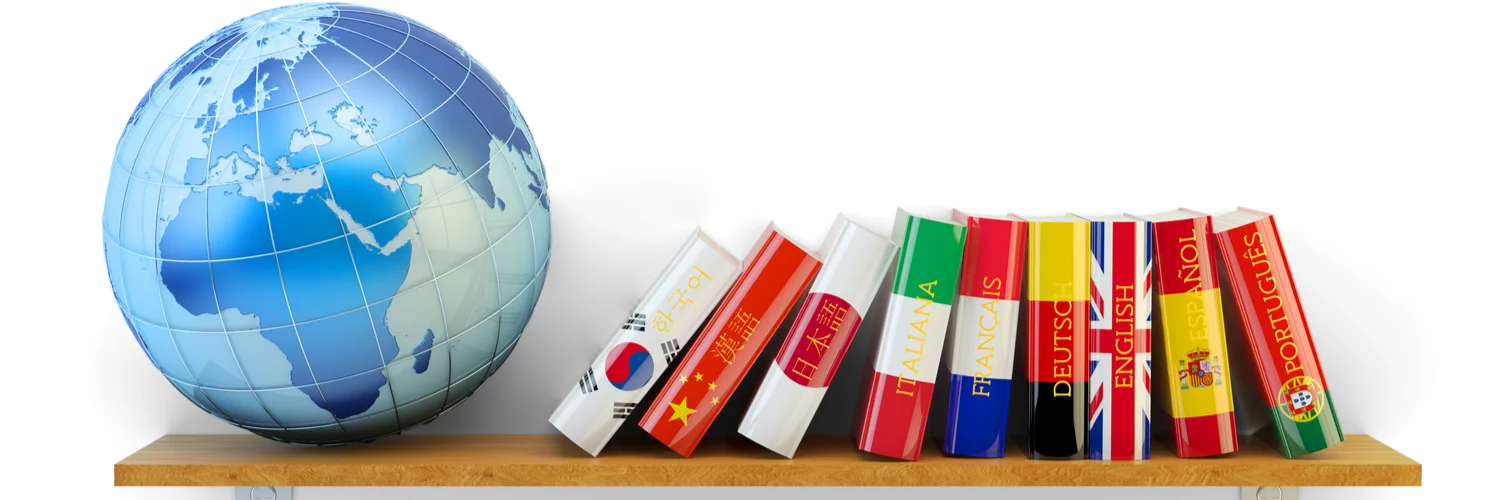79tka Insights
Your go-to source for the latest news and information.
Babel Fish or Bust: Why Language Learning is Like a Game of Telephone
Discover why mastering a new language feels like a game of telephone! Join the adventure and unlock the secrets to effective learning!
The Evolution of Language Learning: From Babel Fish to Modern Apps
The journey of language learning has transformed dramatically over the centuries, from the mythical Babel Fish imagined in Douglas Adams' 'The Hitchhiker's Guide to the Galaxy' to the sophisticated modern applications we utilize today. The Babel Fish, capable of translating any language effortlessly, symbolizes the enduring human desire to bridge communication gaps. Historically, language acquisition relied heavily on traditional methods such as classroom instruction, textbooks, and immersive experiences. These traditional routes laid the groundwork for effective communication and cultural understanding but often lacked the engaging and personalized approach that contemporary learners crave.
Today, we find ourselves in an era dominated by technology, where language learning apps have become prevalent tools for aspiring multilingual individuals. Platforms like Duolingo, Babbel, and Rosetta Stone provide users with interactive and gamified experiences, enabling learners to practice vocabulary and grammar through engaging exercises. These apps leverage artificial intelligence and adaptive learning algorithms to tailor lessons according to individual progress, making the process more intuitive and effective. As we continue to explore the evolution of language learning, it's essential to appreciate how these advancements reflect not just a shift in methodology, but a profound desire for global connectivity and understanding.

Lost in Translation: How Language Learning Mimics the Game of Telephone
The process of language learning often resembles the childhood game of Telephone, where a message is whispered from one person to another with the potential for distortion at each stage. Just like in the game, when a learner attempts to translate phrases or concepts from their native language to a new one, nuances can easily be lost or altered. This phenomenon can lead to misunderstandings, reinforcing the idea that context, tone, and even culture play vital roles in effective communication. Furthermore, even simple vocabulary might take on a different meaning when shifted through layers of interpretation, highlighting the challenge faced by many language learners.
In this digital age, language learning has become more accessible, yet the telephone analogy still holds true. As learners engage with apps or online platforms, they may find that the messages conveyed are not always accurate or reflect the complexities of real-life language usage. The discrepancies between written texts and spoken conversations can create a gap, making it crucial for learners to immerse themselves in practical scenarios where they can experience language in action. By recognizing these similarities, students can better navigate the intricate journey of language acquisition, ensuring they don’t get too lost in translation.
Can You Trust a Translator? The Challenges of Language Interpretation
In today’s globalized world, trusting a translator can be a challenging endeavor for individuals and businesses alike. While many translators possess the necessary linguistic skills, interpreting meanings accurately requires cultural context and nuanced understanding. For instance, idiomatic expressions can vary significantly between languages, potentially leading to misunderstandings if not properly addressed. As a result, the burden lies not only on the translator's proficiency in the language but also on their ability to navigate the subtleties of communication. This complexity raises the question: How can one ensure that the translation captured the intended message without losing the original intent?
Moreover, the field of translation is not without its pitfalls. Factors such as language interpretation bias, lack of subject matter expertise, and varying translation methods can all impact the accuracy and quality of translated content. For example, a translator who specializes in legal documents may struggle with the linguistic demands of medical terminology. Accordingly, verifying a translator’s credentials and experience becomes essential. Before relying on a translation, consider evaluating the professional's background—checking credentials, assessing reviews, and even requesting samples of their previous work can enhance confidence in a translator's ability to deliver trustworthy results.